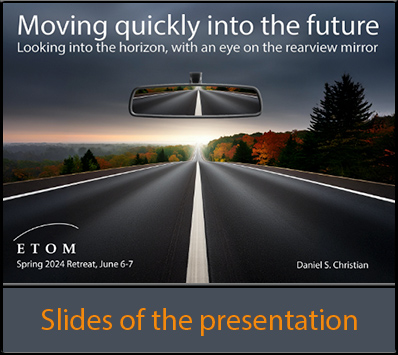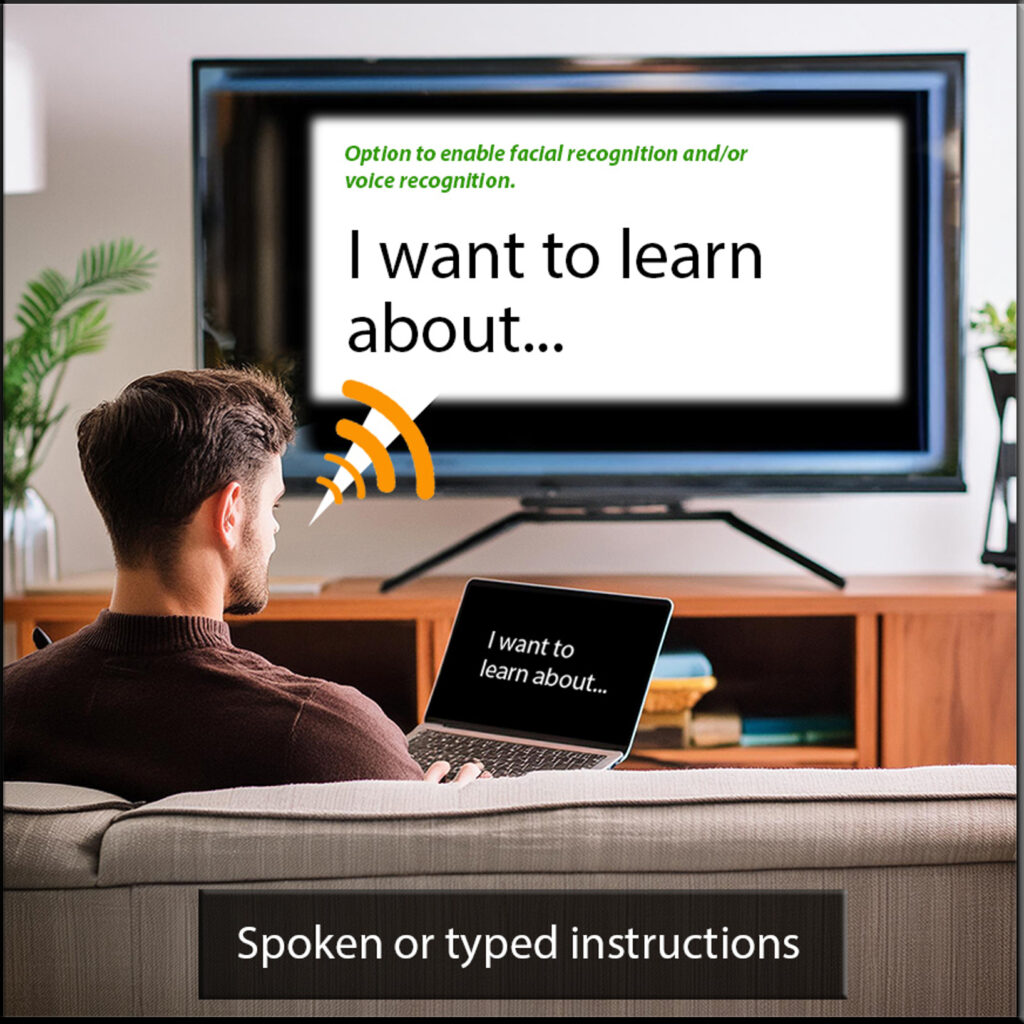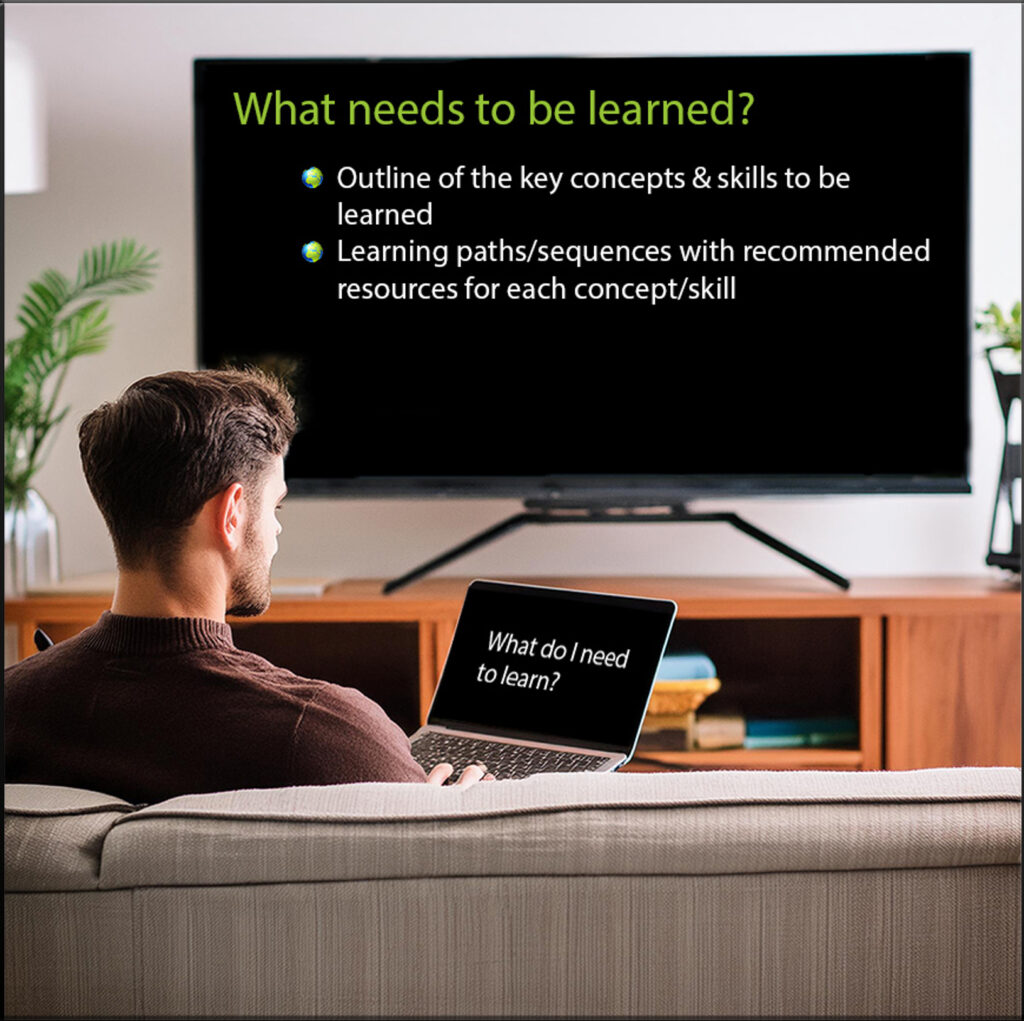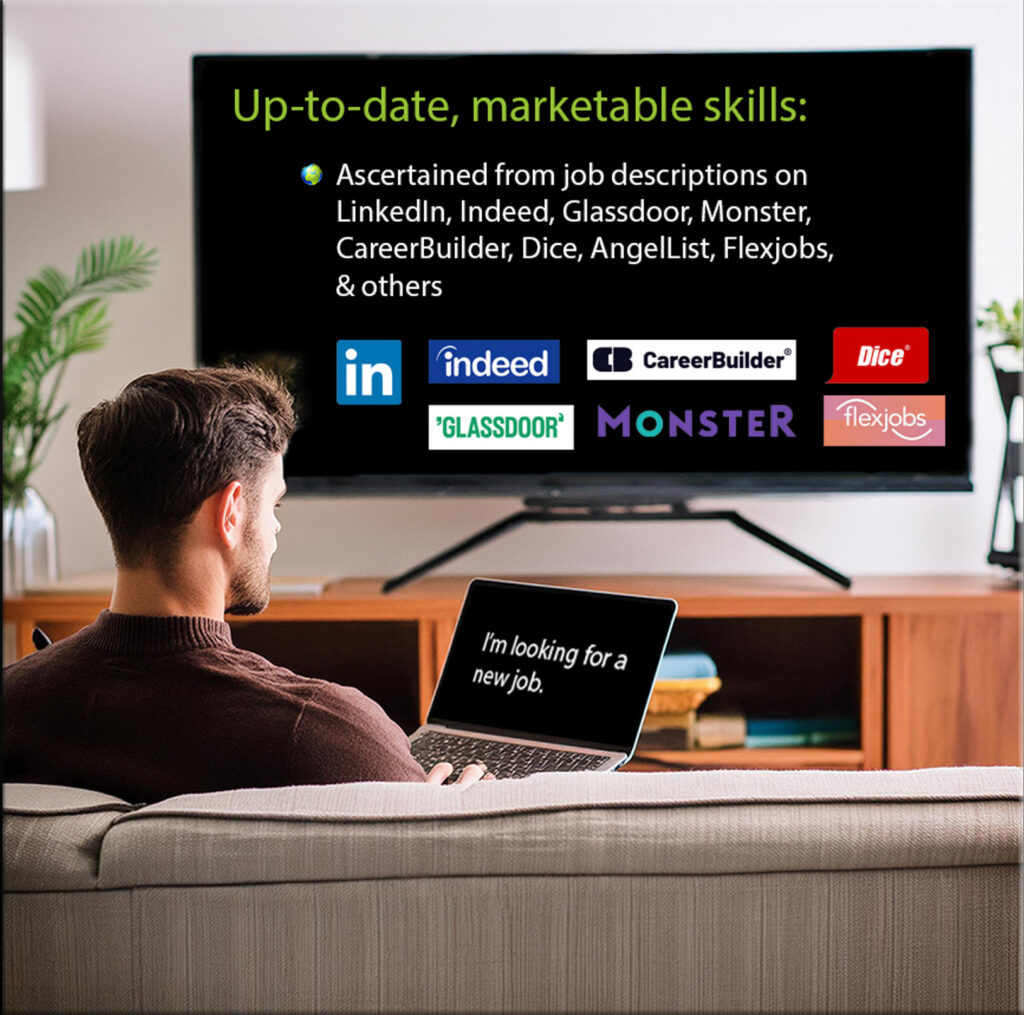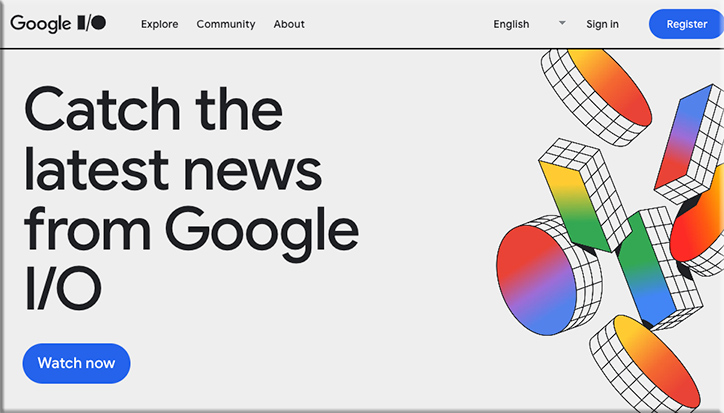Rethinking Legal Ops Skills: Generalists Versus Specialists — from abovethelaw.com by Silvie Tucker and Brandi Pack
This ongoing conversation highlights the changing demands on legal ops practitioners.
A thought-provoking discussion is unfolding in the legal operations community regarding one intriguing question: Should legal operations professionals strive to be generalists or specialists?
The conversation is timely as the marketplace consolidates and companies grapple with the best way to fill valuable and limited headcount allotments. It also highlights the evolving landscape of legal operations and the changing demands on its practitioners.
…
The Evolution of Legal Ops
Over the past decade, the field of legal operations has undergone significant transformation. Initially strictly focused on streamlining processes and reducing costs, the role has expanded to include various responsibilities driven by technological advancements and heightened industry expectations. Key areas of expansion include:
He added: “I have for long been of the view – for decades – that AI will be a vital tool in overcoming the access to justice challenge. Existing and emerging technologies are now very promising.”
In A First for Law Practice Management Platforms, Clio Rolls Out An Integrated E-Filing Service in Texas — from lawnext.com by Bob Ambrogi
Last October, during its annual Clio Cloud Conference, the law practice management company Clio announced its plan to roll out an e-filing service, called Clio File, during 2024, starting with Texas, which would make it the first law practice management platform with built-in e-filing. Today, it delivered on that promise, launching Clio File for e-filing in Texas courts.
“Lawyers can now seamlessly submit court documents directly from our flagship practice management product, Clio Manage, streamlining their workflows and simplifying the filing process,” said Chris Stock, vice president of legal content and migrations at Clio. “This is an exciting step in expanding the capabilities of our platform, providing a comprehensive solution for legal documents, from drafting to court filing.”
Just-Launched Quench Uses Gen AI to Bring Greater Speed and Accuracy to Medico-Legal Records Review — from lawnext.com by Bob Ambrogi
A cardiologist with a background in medical technology, computer science and artificial intelligence has launched a product for legal professionals and physician expert witnesses that targets the tedious task of reviewing and analyzing thousands of pages of medical records.
The product, Quench SmartChart, uses generative AI to streamline the medico-legal review process, enabling users to quickly extract, summarize and create chronologies from large, disorganized PDFs of medical records.
The product also includes a natural language chat feature, AskQuench, that lets users interact with and interrogate records to surface essential insights.













